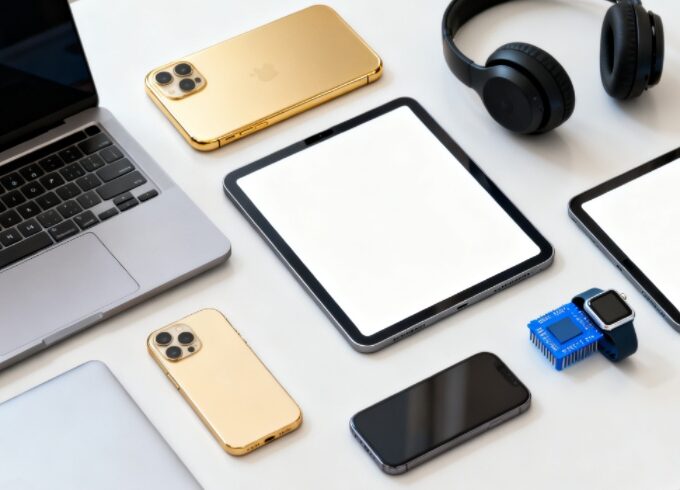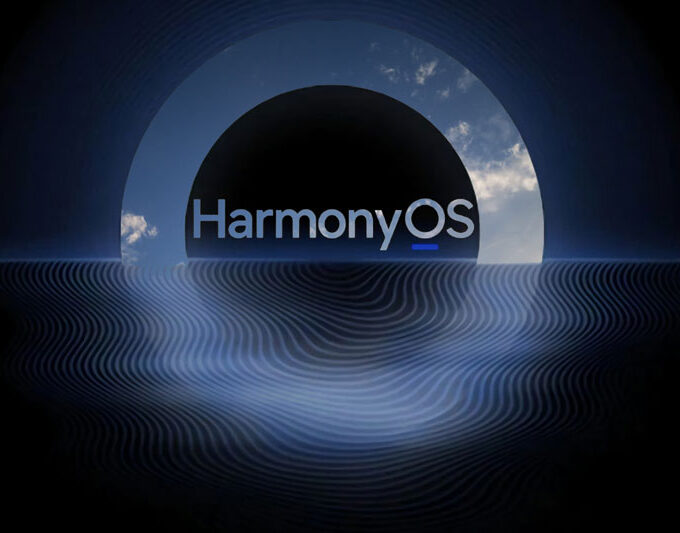In recent years, virtual reality (VR) technology has developed rapidly, not only creating a wave in the fields of entertainment and education, but also providing unprecedented tools for scientific research. In the field of neuroscience, VR technology has become an important means to study how the brain perceives, learns and behaves with its highly flexible experimental control capabilities. However, traditional VR systems are often complex and costly, and lack optimization for small experimental animals, such as research models such as mice. These systems usually rely on projection screens or large display devices, which not only take up laboratory space, but may also interfere with the accuracy of the experiment and the natural behavior of animals.
In a study published in Nature Method titled “MouseGoggles: an immersive virtual reality headset for mouse neuroscience and behavior”, researchers designed a mini VR headset called MouseGoggles, which is the first immersive virtual reality system developed specifically for mice. MouseGoggles has a small size and flexible functions. It can not only provide independent binocular visual stimulation for mice, but also integrates eye tracking and pupil measurement functions. Compared with traditional projection VR systems, this head-mounted design can block external interference and create a more realistic virtual environment for mice.
In addition, the open source design of MouseGoggles greatly reduces the cost and technical threshold of VR systems, allowing more laboratories to easily use this technology to carry out innovative research. This not only helps to reveal complex neural processes, but also may expand the application prospects of VR in drug development, disease models and basic neuroscience. The emergence of MouseGoggles has opened up a new technical direction for mouse neuroscience research and provided researchers with more powerful tools to explore the mysteries of the brain.
How Does Virtual Reality Technology Change Neuroscience Research?
Virtual reality technology is subverting the traditional research methods of neuroscience and becoming a powerful tool for exploring the mysteries of the brain. In the past, researchers often relied on real environments to observe animal behavior and neural activity, but this method had obvious limitations in controllability and flexibility. The introduction of VR technology has brought revolutionary changes to neuroscience research. Through VR, experimenters can fully control visual, auditory and even tactile stimulation, thereby designing complex experimental scenarios, such as “instant teleportation” or “visual motion mismatch” experimental conditions that cannot be achieved in the real world.
In mouse research, traditional VR systems usually rely on projection screens or large LED displays. Although such systems allow mice to visually “enter” the virtual environment, the size of the display device is often much larger than the experimental animal itself, which cannot avoid problems such as limited field of view and light pollution. Although traditional VR systems have helped countless basic research, their physical limitations cannot be ignored. This is the innovative significance of miniaturized, head-mounted VR devices such as MouseGoggles.
The birth of mouse-exclusive VR devices While human virtual reality (VR) technology continues to pursue immersion and interactivity, the VR world of mice is still in the “giant screen era”. Traditional mouse VR systems usually rely on panoramic projection or LED display arrays. These devices are not only large and expensive, but also prone to light pollution, which weakens the immersion of the experimental environment. For example, traditional devices require the display to be placed within 10 to 30 cm of the mouse’s eyes to meet its visual needs, but the occlusion of fixed experimental equipment (such as cameras and microscopes) inevitably interferes with the visual experience. These problems severely limit the freedom of behavior of mice in virtual environments and increase the complexity and technical threshold of experiments.
Inspired by modern human VR headsets, the research team designed a mini head-mounted VR device specifically for mice, giving it greater portability and adaptability. The original intention of developing MouseGoggles is to break the physical limitations of traditional VR systems and provide mice with a truly immersive virtual environment. Compared with traditional systems, MouseGoggles has significant advantages. Its miniaturized design allows the device to be directly mounted on the mouse’s head, which not only avoids interference from external light, but also eliminates the space occupation problem caused by large equipment.
How Does MouseGoggles Help Decode the Mysteries of the Brain?
MouseGoggles is not only a technological innovation, but also an important tool for exploring the mysteries of the brain. Through clever experimental design, researchers used this VR headset to successfully reveal the neural mechanisms of mice in visual perception and behavioral decision-making, providing important clues for understanding complex cognitive processes. When studying the visual cortex, the team used MouseGoggles to present high-contrast dynamic stripe stimulation to mice with fixed heads, and used two-photon calcium imaging technology to record the responses of neurons in the visual cortex (V1). The experiment found that the visual stimulation generated by MouseGoggles reduced stray light by 99.3% compared with traditional LED displays, and could still effectively induce neuronal activity with strong direction selectivity in the visual cortex without affecting fluorescent imaging. The receptive field radius, spatial frequency preference (0.042 cycles/degree) and contrast half-saturation value (31.2%) of these neurons were consistent with the results of traditional display systems, indicating that MouseGoggles can provide mice with clear and stable visual stimulation while ensuring the scientific nature of the data.
In addition, mice can quickly learn to associate specific locations with reward areas in a virtual environment, showing spatial learning ability, which further proves the wide applicability of MouseGoggles in behavioral research. By combining visual stimulation and behavioral tasks, MouseGoggles provides researchers with a powerful experimental platform that can simultaneously observe the perception, learning and memory processes of mice. It not only breaks through the limitations of traditional technologies, but also establishes new possibilities for decoding how the brain processes sensory input and behavioral output.
What is the Application Potential of VR?
The emergence of MouseGoggles has not only brought a technological revolution to mouse neuroscience research, but also opened up broad application prospects for virtual reality in animal research. As an innovative electronic device, it not only provides new experimental tools for academic research, but may also profoundly affect the practice of disease models and new drug development. In basic research, through high-precision virtual environment simulation, it can help researchers explore complex perception and behavior mechanisms, revealing how the brain integrates sensory inputs and drives decision outputs. For example, through reward learning experiments in virtual environments, MouseGoggles has successfully demonstrated the spatial memory ability of mice. This provides a new method for exploring the pathological mechanisms of learning disabilities, cognitive deficits, and related neurological diseases (such as Alzheimer’s disease).
In the future, with the miniaturization of hardware and further optimization of functions, MouseGoggles may even be used for freely moving mice, opening up more innovative research possibilities. MouseGoggles demonstrates the unlimited potential of mouse VR technology, opens the door to the future for neuroscience research, and provides new tools and hope for exploring the ultimate mysteries of the brain.












